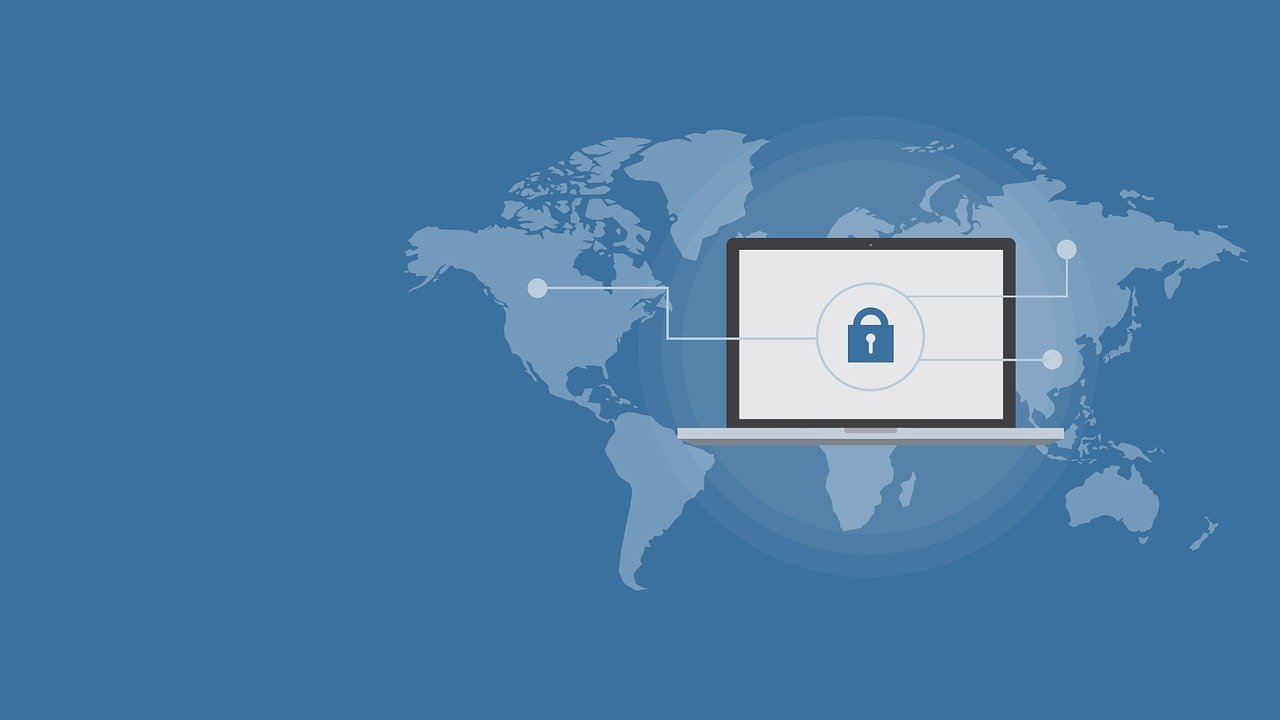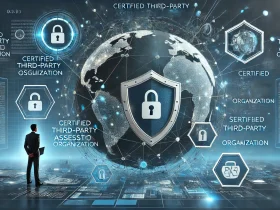Cybersecurity is a threat facing anyone with a device. However, it poses an even bigger danger to businesses, organizations, and institutions dealing with large amounts of data. Since the internet became a necessity in society, many people have been exposed to different types of security risks. Unfortunately, some risks have been severe, causing businesses to stop operations until they sort out the issue. However, that does not mean cybersecurity risks cannot be prevented. Here are a few common risks and how they can be prevented.
Password Theft
Have you ever tried logging into your account only to find your password has been changed and all the details lost? The reason is that a third party managed to guess or steal your password, then your data. This can be dangerous, especially for any entity dealing with sensitive data. Investing in quality managed IT services Anchorage AK-located can ensure attackers do not steal or guess your password. Attackers can steal the password using social engineering tricks or by finding it in an unsafe location. To prevent this, consider two-factor authentication, which requires an extra device to log in.
Malware
Malware is another common cybersecurity threat that continues to be a challenge for most entities. This is when an unwanted piece of software or programming is installed in a system, leading to unusual behavior. It can be through several ways, like deleting files, denying access to files and programs, and stealing information. The best defense for this is organizations installing anti-malware programs. Also, watch out for suspicious files, links, and websites, which are the major culprits of implementing malware in a system.
Phishing Attacks
This is an old method of attacking systems, relying on social engineering. Usually, you receive an email or message requesting sensitive data like passwords. The phishing message may appear legit as it uses legit addresses, which makes it hard to be suspicious. By clicking on the sent link, you find that you have unknowingly given out sensitive information. Here you have to be extra careful by checking for spelling and syntax errors. Also, there will hardly be an official message or email from your organization requesting personal data.
Traffic Interception
This is also commonly referred to as ‘eavesdropping’ traffic interception. It happens when a third party ‘listens’ to any info that is sent between a host and a user. The kind of data stolen depends on traffic, but it is mostly used to take valuable information or log-ins. To prevent this, stay away from compromised websites. Also, encrypting network traffic through VPN can help.
Cross-Site Attack
Also known as XSS attack. In such a case, a third party targets vulnerable websites, especially those without encryption. This can lead to unwanted behavior or even stealing user information. To prevent this, encryption is necessary on the host’s side. Also, providing an option for turning off page scripts can help thwart malicious payloads from activating.
Cyber risks continue to grow in complexity. This is because attackers continue coming up with new ways to steal information or hold data for ransom. Check that your IT department also keeps up with cybersecurity trends to minimize risks.








Leave a Reply